
Popular video game series build strong worlds by sticking to consistent storylines and histories, which helps players stay invested. However, sometimes developers make big changes to the story with surprising twists that don’t fit with what’s happened before. While these changes are often meant to make the story more exciting or relevant, they can create plot holes and undermine previous events. Here are some examples of times when new story elements directly contradicted established facts and changed the course of the game’s universe.
‘Star Ocean: Till the End of Time’ (2004)
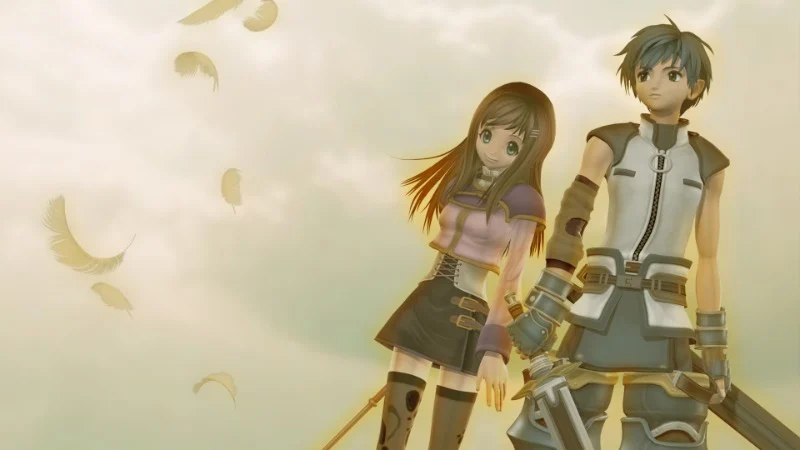
The story takes a shocking turn when the main characters learn their entire universe is a computer simulation made by a more advanced civilization. This discovery suddenly makes all the previous conflicts and character development seem like just code running in a game. The twist suggests that the emotional journeys and historical events from earlier stories weren’t actually real or meaningful. Because the characters are essentially just artificial intelligence, many of the storylines from previous games lose their impact.
‘Mass Effect 3’ (2012)
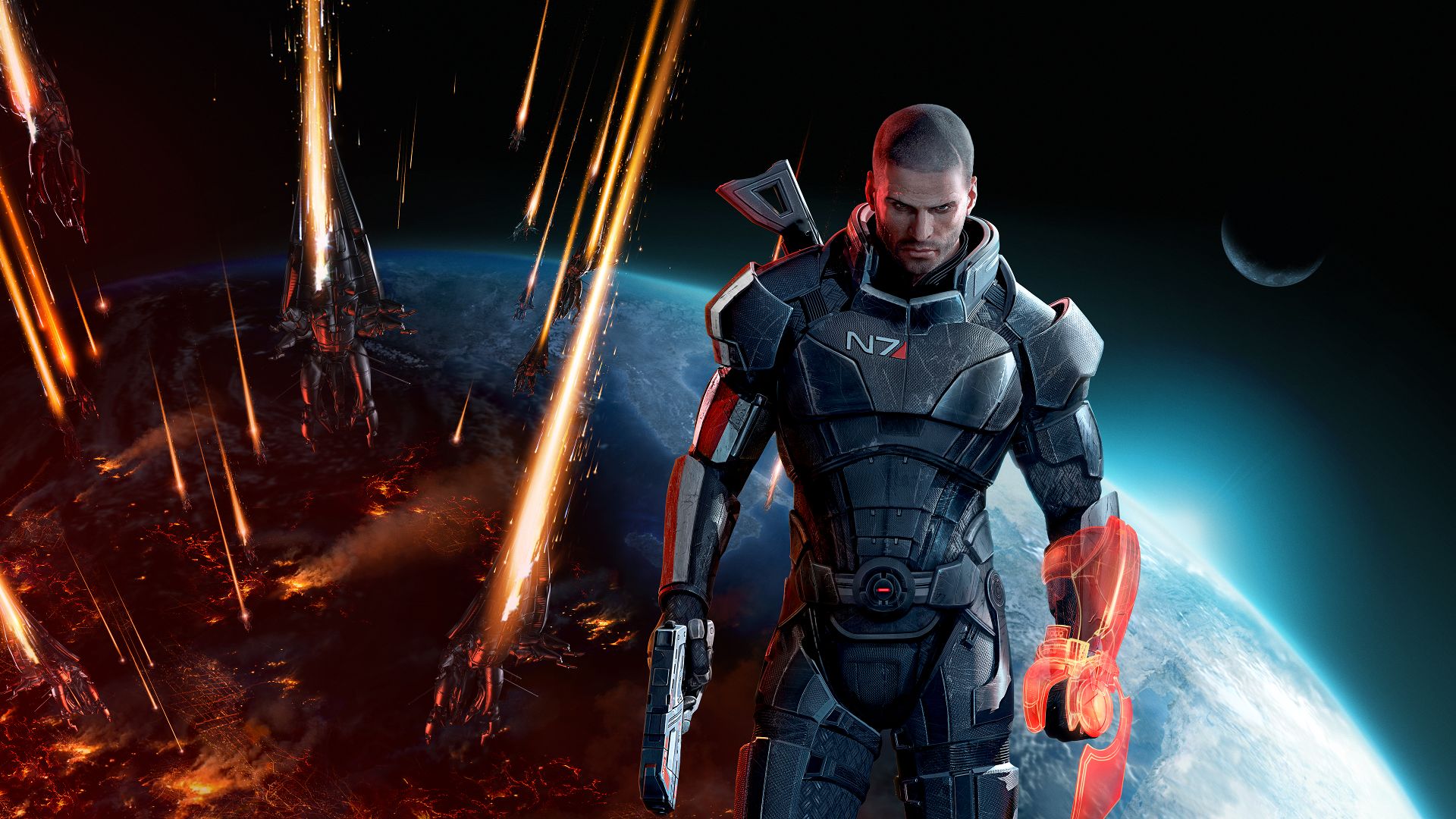
As Commander Shepard confronts the final battle of the galactic war, they encounter the Star Child, who presents three options – marked by different colors – to deal with the Reapers. However, this powerful being and its reasoning about synthetic and organic life clash with the core message of unity built throughout the three games. The ending feels forced, overlooking the meaningful choices and relationships players developed over hundreds of hours. The unexpected arrival of this all-powerful entity also undermines the Reapers’ previously established goals and creates inconsistencies in the game’s story.
‘World of Warcraft: Shadowlands’ (2020)

Blizzard revealed that the Jailer was secretly responsible for many of the biggest threats the game has ever faced, including the Scourge and the Burning Legion. This change to the story implies that well-known villains like Arthas and Sargeras weren’t acting on their own, but were actually being used as tools. Players felt this lessened the impact of these villains and made past victories feel less meaningful, as it complicated the established history of Azeroth.
‘Metroid: Other M’ (2010)
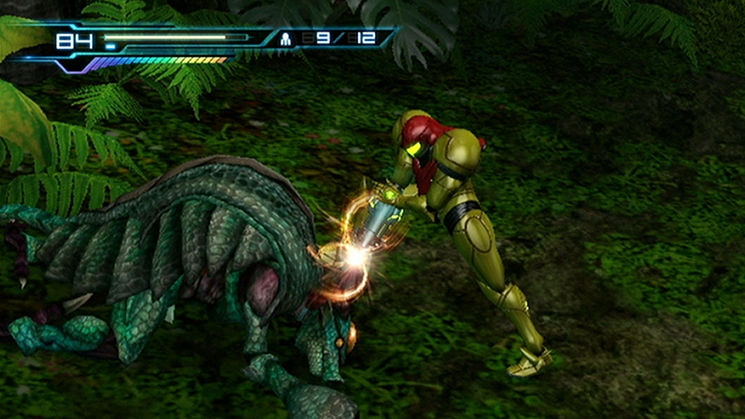
In this game, Samus Aran is shown as a soldier who always waits for orders from her commander, Adam Malkovich, before using her protective gear. This is a big change from previous games, like ‘Super Metroid’, where she’s known for being independent and capable. The story puts her in risky situations simply because she’s holding back, waiting for permission to turn on equipment that would keep her safe. This feels out of character and doesn’t fit with how Samus has been portrayed in the rest of the series.
‘Halo 5: Guardians’ (2015)

The story reveals Cortana didn’t actually die and has come back as a powerful ruler determined to bring peace by force. This feels wrong because it undermines the impact of her apparent death and emotional goodbye to Master Chief. The sudden change from friend to villain doesn’t feel earned, given her history. It completely changes the series by forcing the hero to fight against someone he once trusted and cared for deeply.
‘The 3rd Birthday’ (2010)
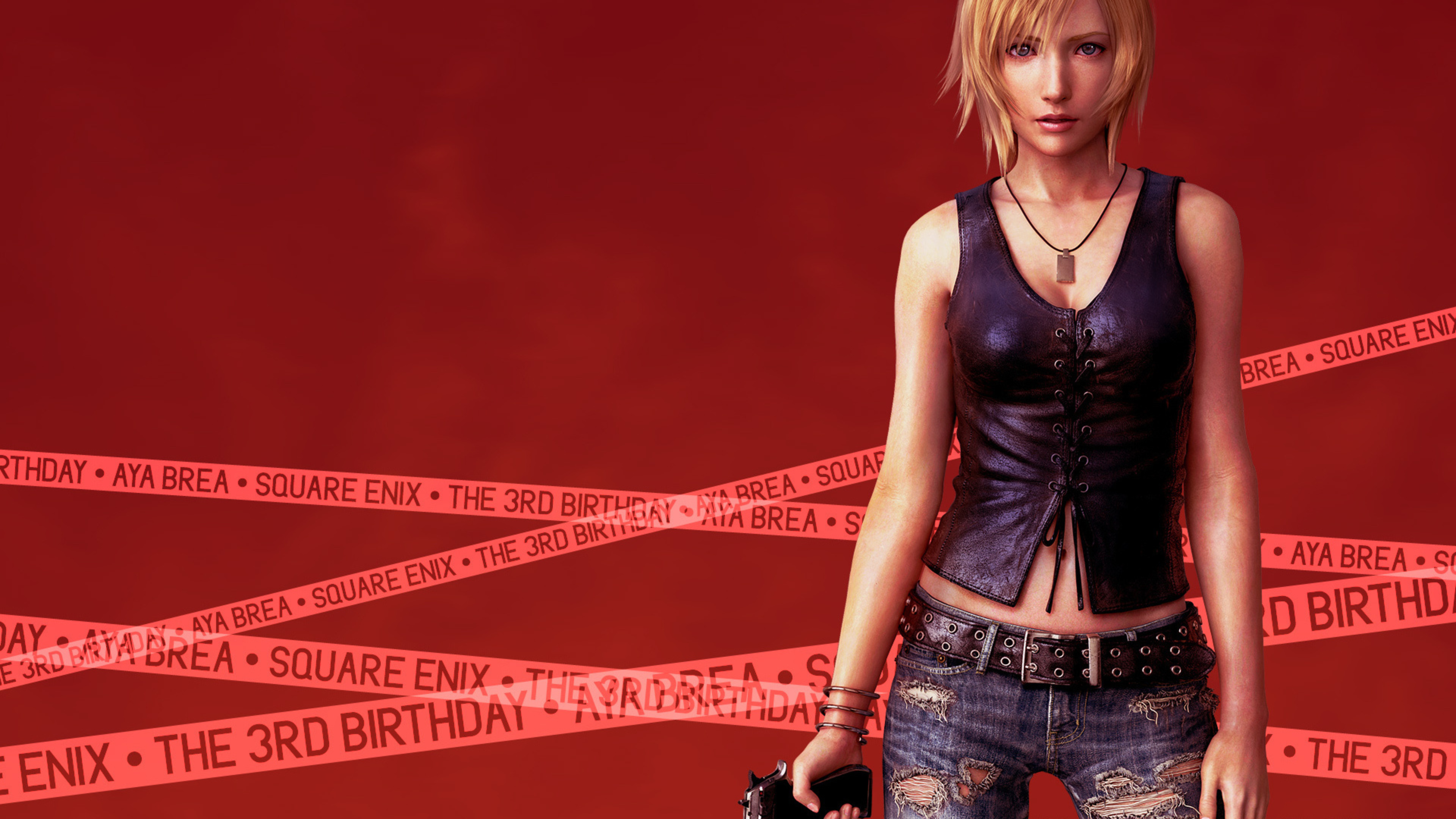
The game’s story ends with a shocking reveal: the character players control isn’t actually Aya Brea, but her sister Eve inhabiting Aya’s body. It turns out the real Aya Brea was killed before the game even began, effectively removing the main character from the previous ‘Parasite Eve’ games. This twist not only changes the story’s timeline but also seems to undo all the growth and development Aya experienced in the earlier titles. Ultimately, the decision feels like it eliminates the franchise’s lead character and makes her previous experiences unimportant.
‘Metal Gear Solid 4: Guns of the Patriots’ (2008)
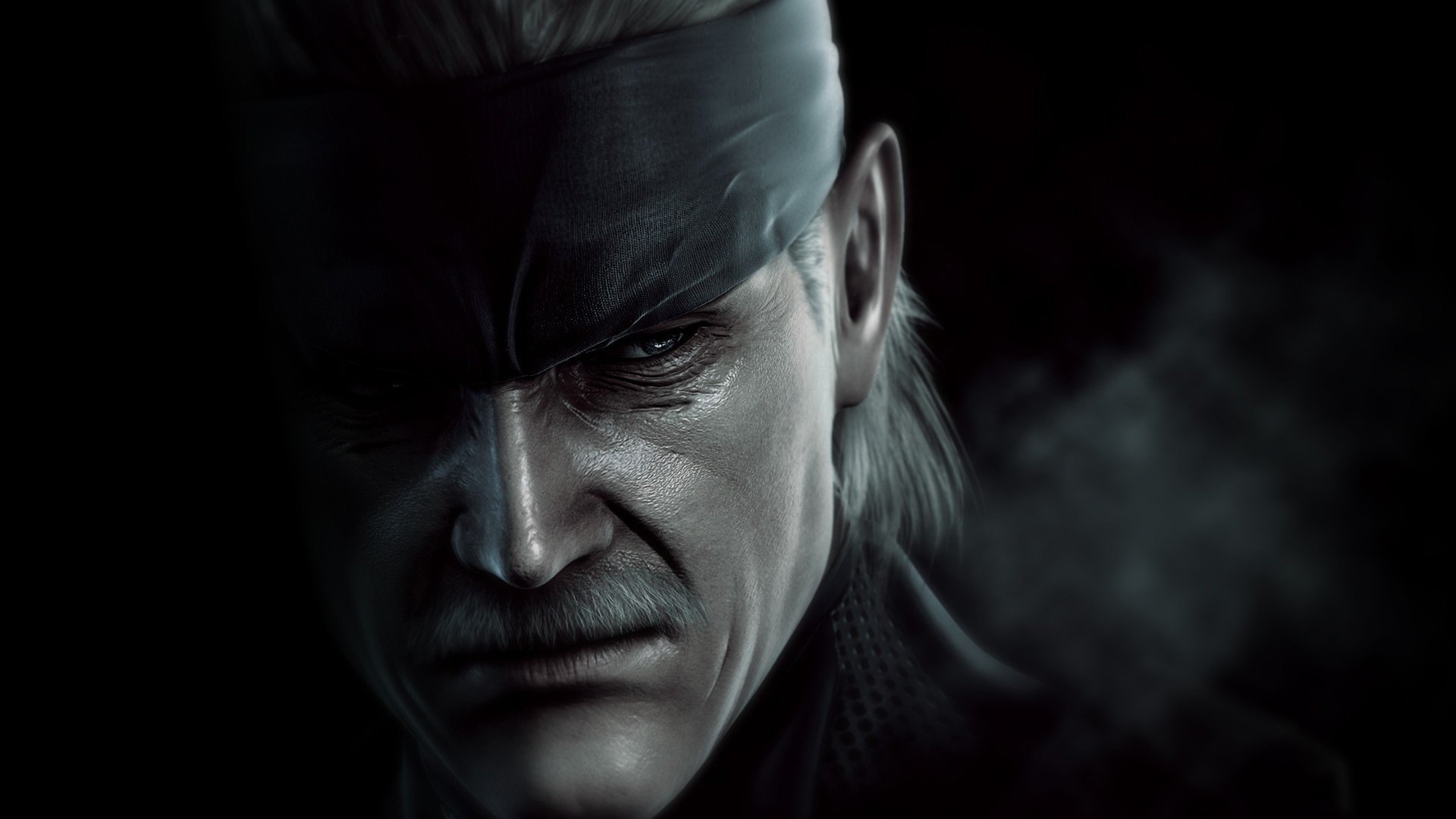
The game reveals that Liquid Ocelot isn’t possessed by Liquid Snake’s spirit. Instead, he’s using self-hypnosis and tiny machines called nanomachines to control himself. This scientific explanation replaces the idea of spiritual possession, which was suggested in previous games. While it solves many mysteries, relying so heavily on nanomachines to explain everything makes the story simpler and removes the intriguing, mysterious elements that fans enjoyed in the characters and their relationships.
‘Command & Conquer 4: Tiberian Twilight’ (2010)
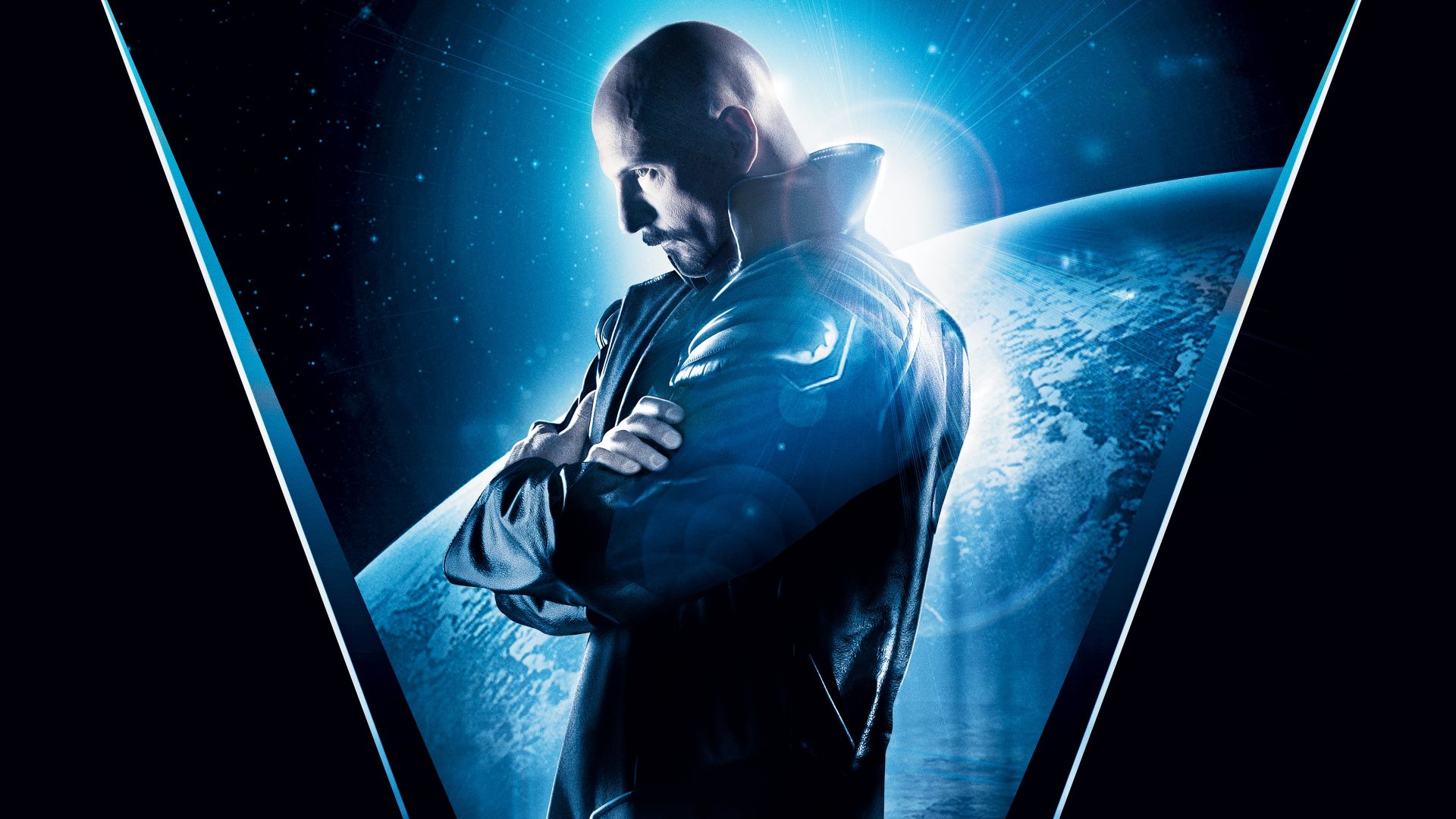
Kane unexpectedly joins forces with his longtime rivals, the Global Defense Initiative, to build a device intended to transport him off Earth. This alliance is a surprising turn, considering the decades of fighting and strong beliefs that have defined both Kane’s Brotherhood of Nod and the GDI. The game ends with Kane vanishing through a portal, leaving unanswered questions about his background and the true nature of Tiberium. Ultimately, the game shifts away from its strategic military focus towards a more philosophical ending, failing to fully resolve the central conflict of the series.
‘Fallout 3’ (2008)
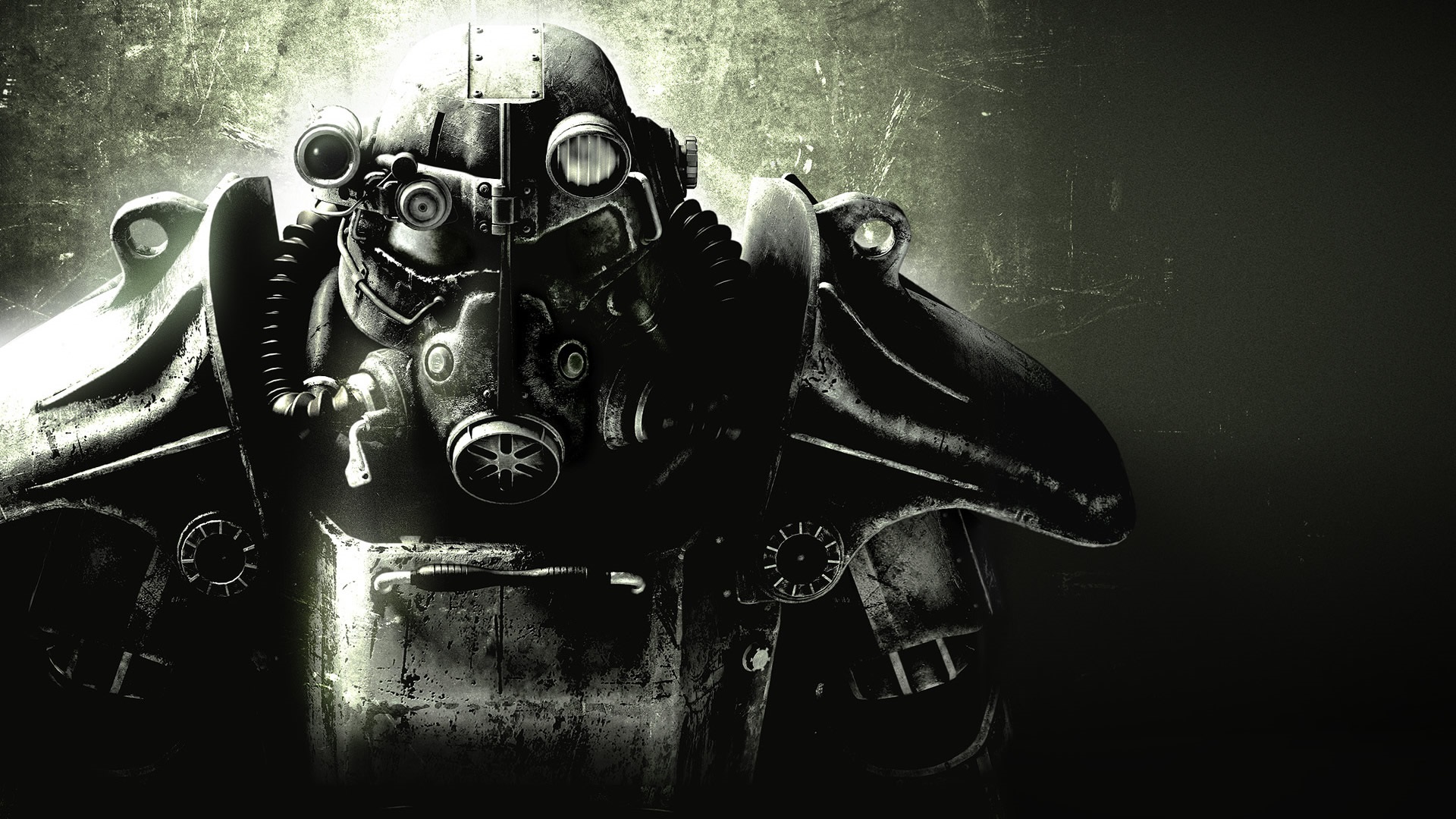
The new ‘Mothership Zeta’ expansion hints that aliens, not humans, launched the missiles that ended the world. This change weakens the core message of the game, which always blamed human greed and conflict for the apocalypse. By making aliens responsible, the expansion lets humanity off the hook for its own failures, and diminishes the story’s powerful message about the dangers of the Cold War and nuclear annihilation.
‘Star Wars: The Old Republic’ (2011)
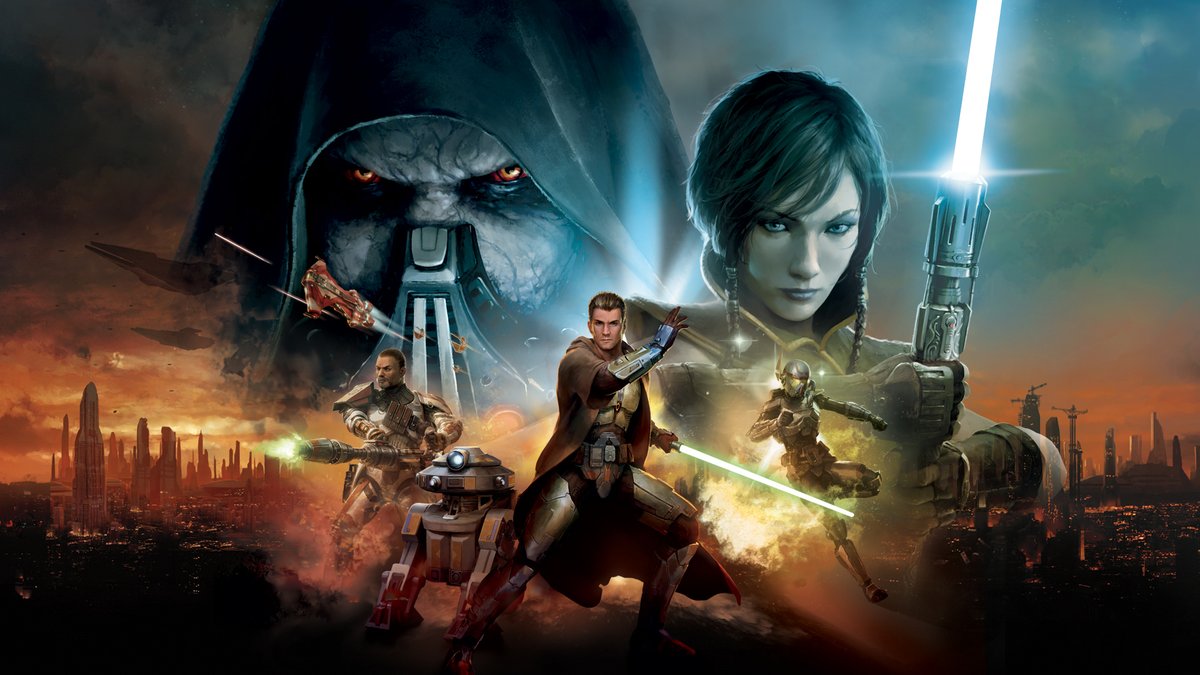
The new content featuring Revan drastically changes his character, turning a complex strategist into someone with a split personality fixated on a typical end-of-the-world scenario. This new portrayal disregards the thoughtful journey of redemption shown in ‘Knights of the Old Republic’ and its continuation. Instead of a compelling character, Revan is presented as a powerful enemy with unclear goals, seemingly wanting to endlessly battle the Sith Emperor. This approach has upset fans who believed Revan’s story had a satisfying conclusion.
‘Assassin’s Creed III’ (2012)

In the latest installment, the main character, Desmond Miles, is unexpectedly killed right after learning that a powerful ancient being named Juno has been controlling people. This made the years of story development focusing on Desmond’s skills and family history feel pointless for future games. The plot shifted from a desperate race against a world-ending solar flare to a less focused story about conflicts between corporations. Without a central hero in the present day, the overall story of the series lost a clear path for several games that followed.
‘Resident Evil Village’ (2021)

The story now claims that Oswell E. Spencer, decades ago, was inspired by a mold found in a small European village – and used it to create the Umbrella Corporation’s logo and core beliefs. This change tries to connect everything in the series’ history of bio-disasters to this one village. It makes the story feel smaller by suggesting all major events started with a single encounter with Mother Miranda. However, this connection feels artificial and doesn’t fit well with what we already knew about the origins of the Progenitor Virus and Umbrella Corporation.
‘Sonic the Hedgehog’ (2006)

In the game, Princess Elise kisses Sonic, unexpectedly creating a romantic link between them. However, the story ultimately resets, erasing everything that happened – as if it never occurred. This means the villain, Mephiles, and the character Silver’s development become pointless. The twist emphasizes how strange the story was before completely wiping it from the timeline.
‘Borderlands 3’ (2019)

The story abruptly killed off the popular character Maya, then quickly gave her abilities and importance to a new character named Ava. However, Ava wasn’t well-developed or particularly likable, making this transition feel jarring. Players who were invested in the game’s story were upset that a fan-favorite character died to push forward the plot for someone they didn’t connect with. This change in leadership for the Crimson Raiders felt forced and broke with the established order of things.
‘Sly Cooper: Thieves in Time’ (2013)

Penelope unexpectedly becomes a villain, betraying both the Cooper Gang and her romantic interest, Bentley, all for money and a strange obsession with order. This is jarring because it completely goes against her development in the last game, where she stood against similar beliefs. The writer seemed to prioritize a surprising boss battle over staying true to Penelope’s established personality as a dependable teammate. This choice not only reverses the progress the supporting characters had made, but also damages the established relationships from the original three games.
‘Silent Hill: Homecoming’ (2008)
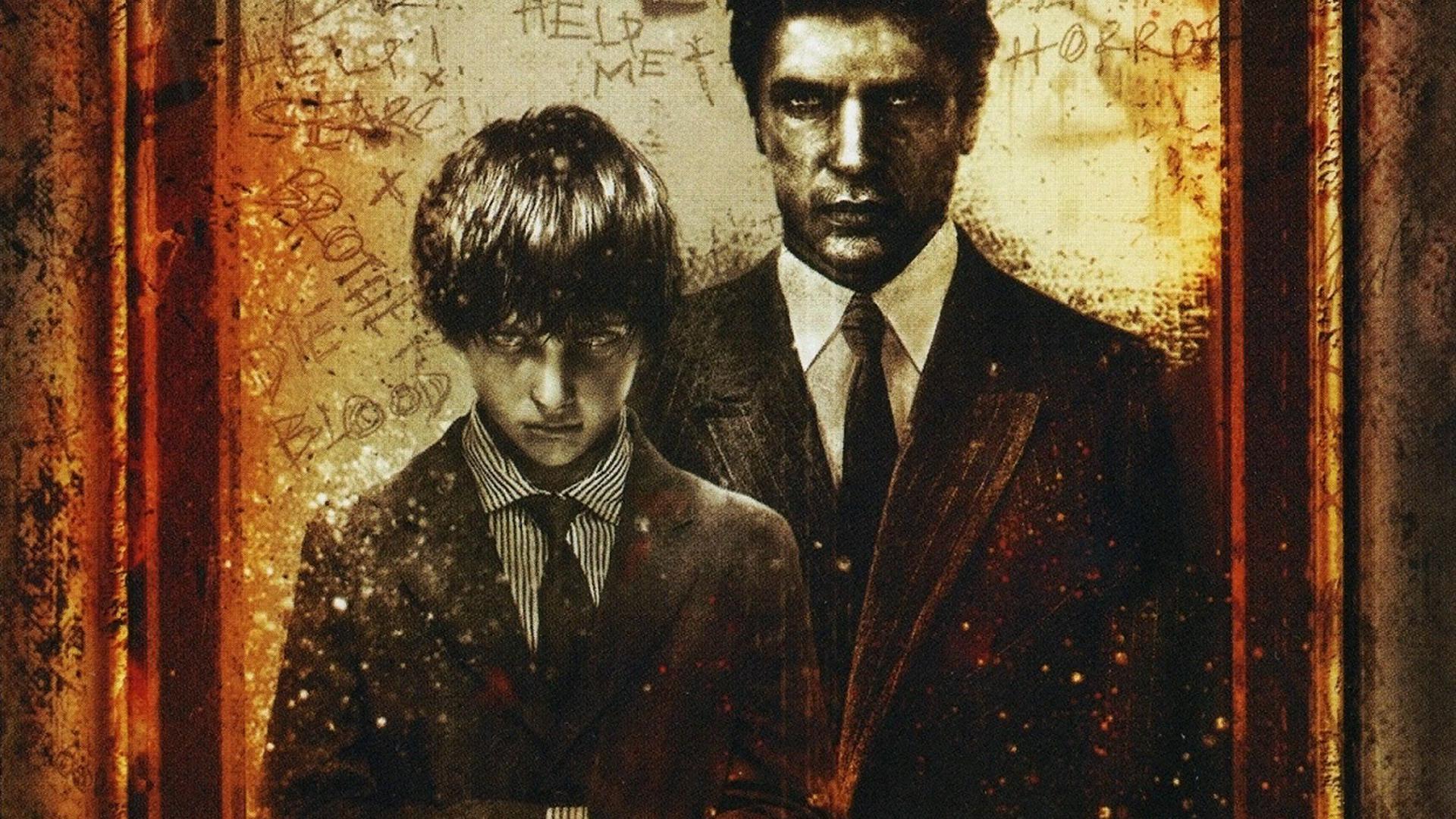
This game’s portrayal of Pyramid Head doesn’t fit with the established story, which explains him as a physical representation of James Sunderland’s personal guilt. Here, he’s simply a standard villain punishing the main character for things that aren’t directly connected to his own issues. This goes against the game’s established logic, where monsters are meant to reflect each person’s individual psychology. Using Pyramid Head this way weakens the powerful symbolism of what makes him such a memorable and iconic monster.
‘Dead Space 3’ (2013)
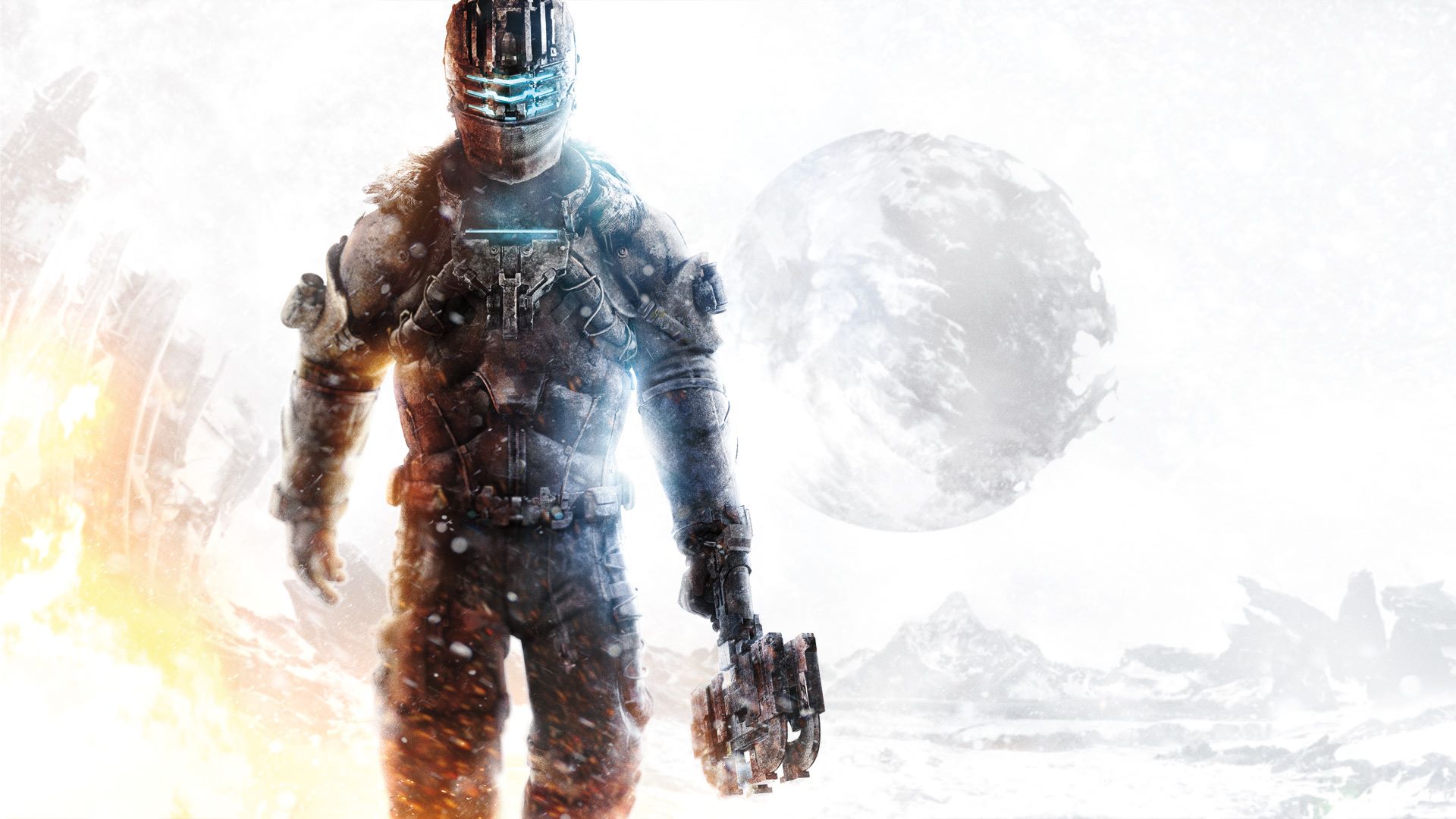
The discovery of the Brethren Moons redefines the Necromorphs: they aren’t a mysterious plague, but tools used by these alien beings to eat and multiply. This explanation diminishes the enigmatic nature of the Markers, turning the story from a terrifying, psychological experience into a more conventional alien invasion. The focus shifts from the mental breakdown caused by the artifacts to a direct fight against massive creatures from space, drastically altering the overall feel of the story.
‘Bioshock Infinite’ (2013)
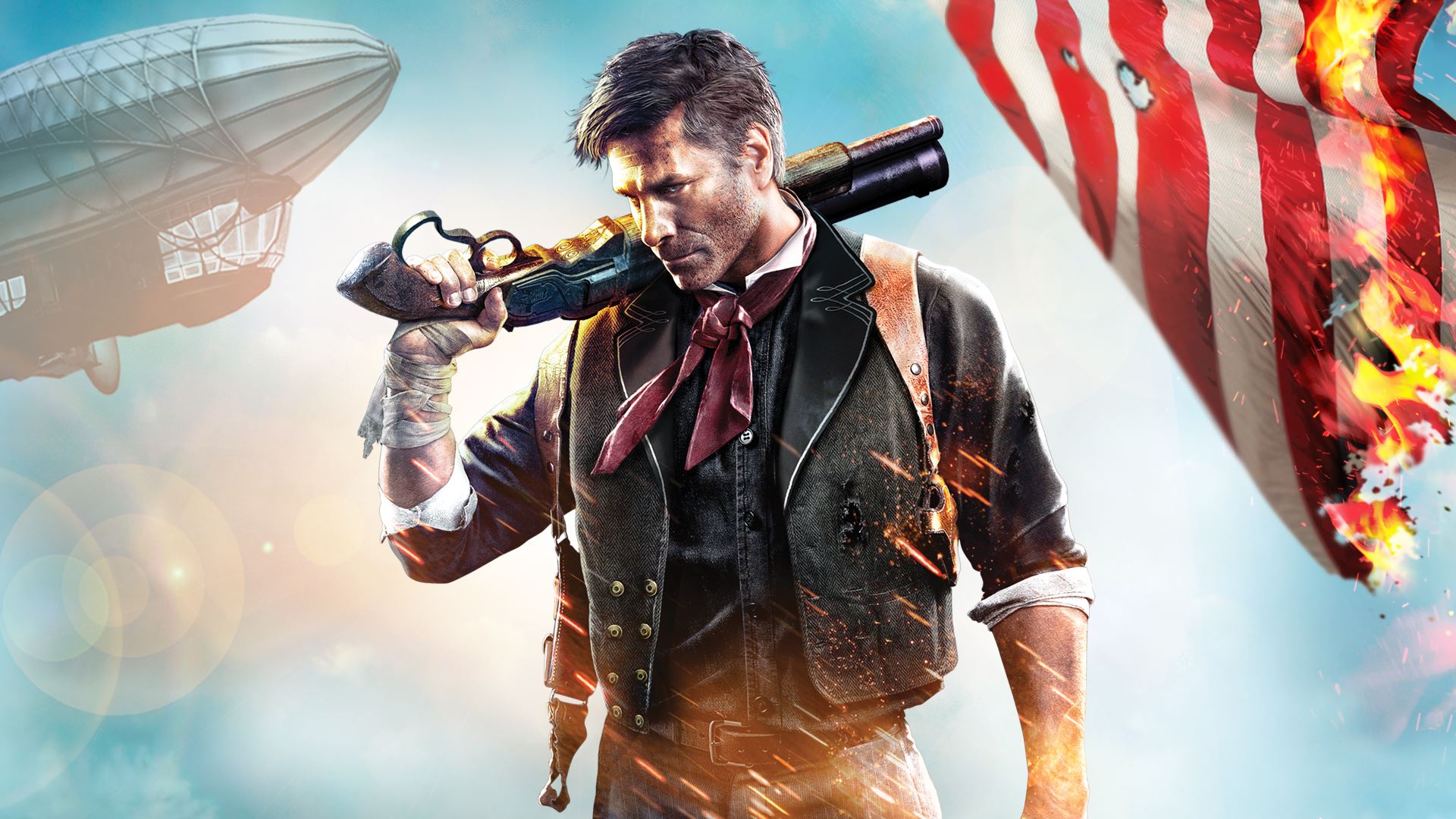
The ‘Burial at Sea’ expansion shows that Elizabeth was actually the one who caused Rapture to fall in the first game. This creates a link between the two game worlds and introduces confusing time travel issues. The story twist suggests the original characters weren’t truly in control of their actions, but were manipulated by someone who travels between dimensions. Ultimately, it makes the story feel smaller by claiming all the lighthouses and cities are connected and influence each other.
‘Fahrenheit’ (2005)
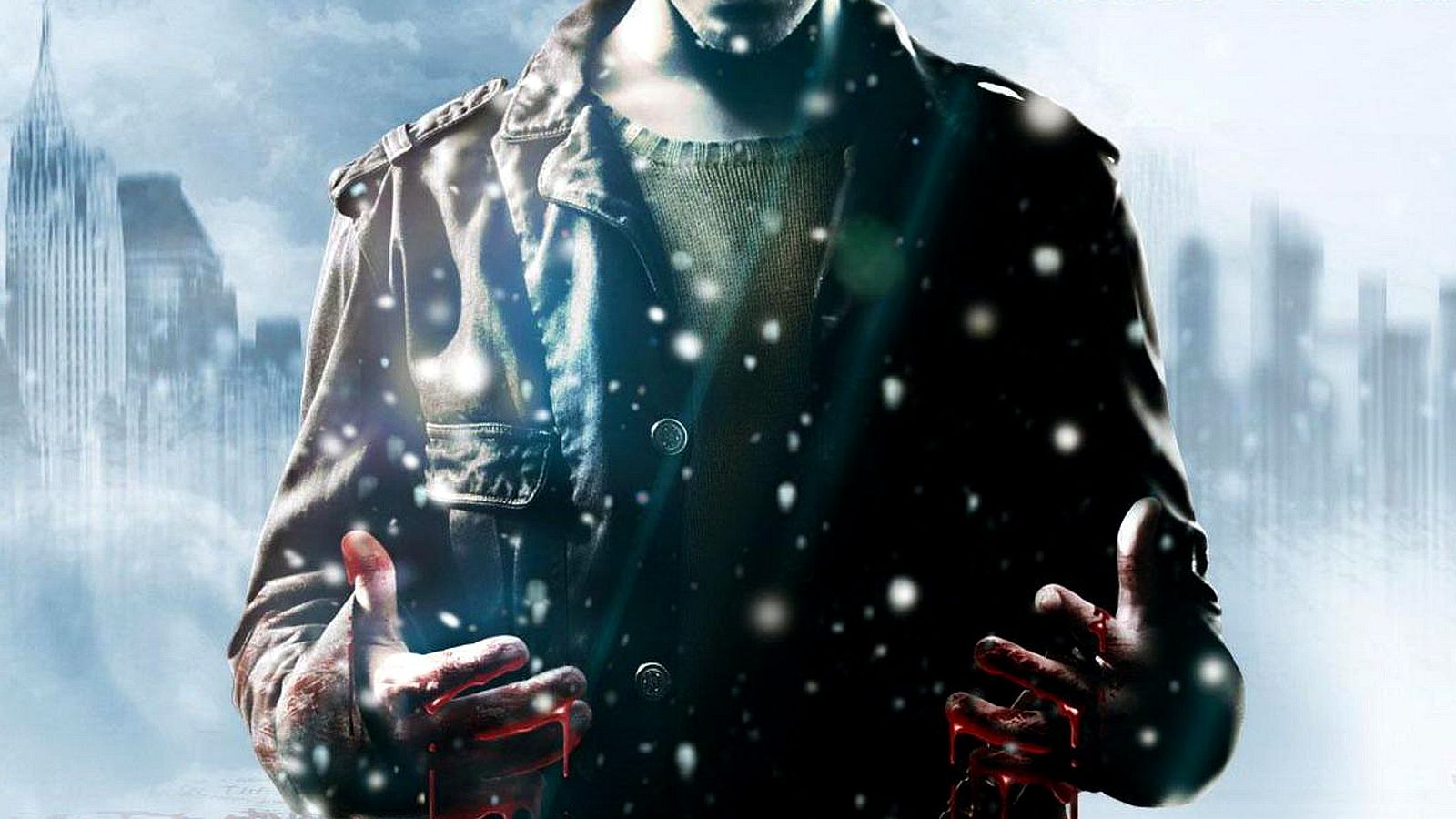
The game starts like a classic murder mystery, but quickly turns into something much stranger, involving an ancient Mayan cult and a thinking artificial intelligence. This shift to the supernatural feels jarring because it completely changes the realistic, detective-like atmosphere set up earlier. The backstory about the Indigo Child and different clans feels rushed and doesn’t quite connect to what the game began as. The story then throws in over-the-top, action-packed battles reminiscent of ‘Dragon Ball Z,’ which clashes with the grounded, realistic feel of the game’s beginning.
‘Five Nights at Freddy’s: Security Breach’ (2021)
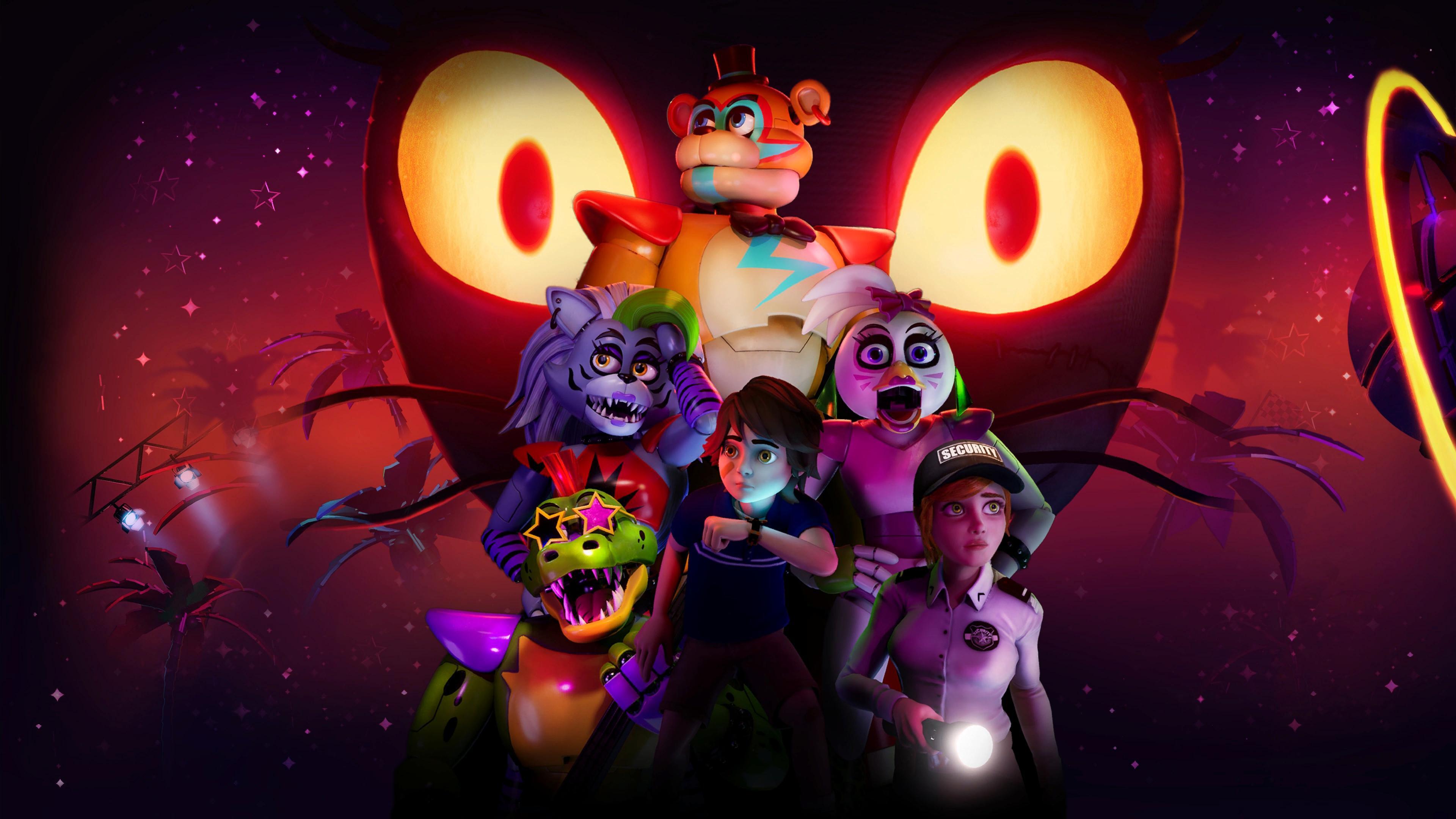
William Afton’s return as Burntrap undoes the conclusive ending of ‘Freddy Fazbear’s Pizzeria Simulator’. The previous game had successfully brought together all the haunted animatronics and destroyed them, finally releasing their spirits and ending the tragic events. Reviving the main villain implies that Henry Emily and the player character’s sacrifices were meaningless. This continuation needlessly prolongs a story that had already reached a fitting and logical end.
Share your thoughts on which franchise lore was damaged the most in the comments.
Read More
- Calvin Harris Announces India Debut With 2 Shows Across Mumbai and Bangalore in November: How to Attend
- DOGE PREDICTION. DOGE cryptocurrency
- The Relentless Ascent of Broadcom Stock: Why It’s Not Too Late to Jump In
- EQT Earnings: Strong Production
- Broadcom’s Quiet Challenge to Nvidia’s AI Empire
- Heights Capital Bets $16M on ImmunityBio: A Calculated Gamble?
- Why Rocket Lab Stock Skyrocketed Last Week
- Docusign’s Theatrical Ascent Amidst Market Farce
- How to Do Sculptor Without a Future in KCD2 – Get 3 Sculptor’s Things
- HBO Boss Discusses the Possibility of THE PENGUIN Season 2
2025-11-22 20:50